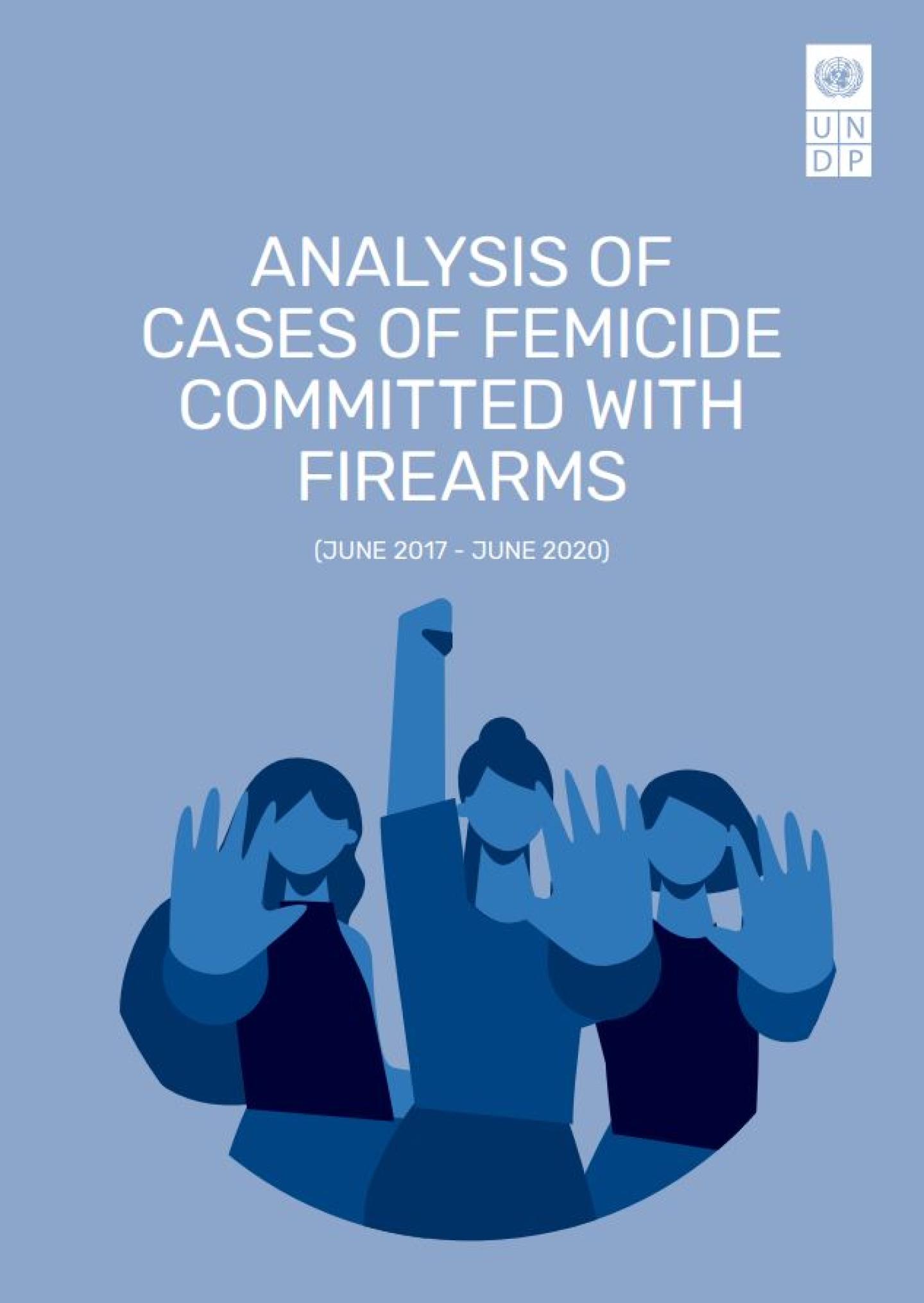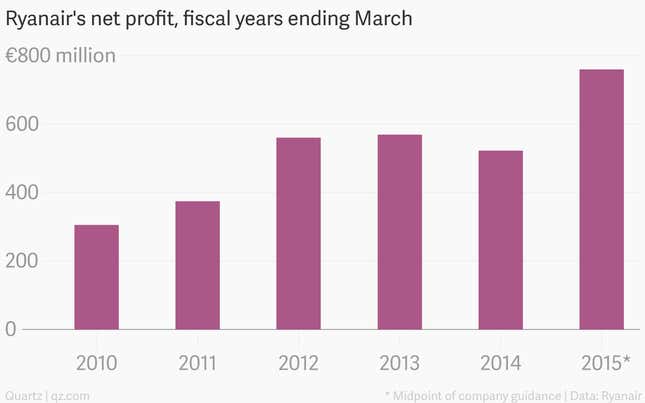What Is Femicide And Why Are Cases Increasing?

Table of Contents
Every year, countless women are victims of femicide – a devastating crime that demands our attention. The World Health Organization estimates that globally, one in three women experience violence, with femicide representing the most extreme consequence. This article will delve into the definition of femicide, explore the disturbing increase in cases, and examine the multifaceted factors driving this tragic trend. We will also discuss crucial strategies for prevention and intervention to combat this pervasive form of gender-based violence.
Defining Femicide: Understanding the Scope of the Problem
Femicide is the intentional killing of women because they are women. It's a gender-based crime distinct from other forms of violence against women, like domestic violence or homicide in general. While all femicides are homicides, not all homicides are femicides. The crucial difference lies in the motivation: the perpetrator's actions are driven by the victim's gender. Femicide can manifest in various ways, including intimate partner femicide (committed by a current or former partner), family femicide (committed by a family member), and even femicide motivated by hate crimes or honor killings.
- Definition according to international organizations: The UN and WHO define femicide as the killing of women because of their gender. This definition highlights the crucial element of gender as the primary motivating factor.
- Legal definitions vary across countries: While the core concept remains consistent, legal definitions of femicide may differ slightly across jurisdictions, impacting data collection and analysis. Some countries might include specific criteria related to the context of the murder, such as prior domestic violence or threats.
- Intentionality is key: The intentional nature of the killing is paramount. Femicide isn't accidental; it's a deliberate act fueled by gender-based hatred, control, or misogyny.
The Alarming Rise in Femicide Cases: Global Statistics and Trends
The global statistics on femicide are alarming and highlight a critical issue demanding immediate action. While precise figures vary due to challenges in data collection and reporting inconsistencies across nations, several studies reveal a disturbing trend.
- Global statistics on femicide rates: Reports suggest that thousands of women are victims of femicide annually worldwide. The actual numbers are likely significantly higher due to underreporting and lack of consistent data collection across countries.
- Regional variations: Latin America and the Caribbean consistently report some of the highest rates of femicide globally. However, femicide is a global problem, affecting women in all regions and socioeconomic backgrounds.
- Trends over time: While comprehensive global data remains limited, many regions show an upward trend in reported femicide cases in recent years. This suggests a worsening situation requiring immediate and sustained intervention.
- Data limitations and challenges in accurate reporting: Underreporting, particularly in countries with weak rule of law or social stigma surrounding violence against women, poses a major challenge in accurately assessing the true extent of femicide. Many cases go unreported or misclassified.
Underlying Factors Contributing to the Increase in Femicide
The rise in femicide is a complex problem with interwoven societal, individual, and systemic factors at play.
Societal Factors:
- Gender inequality and patriarchal norms: Deep-rooted gender inequality and patriarchal systems that normalize male dominance and female subordination create an environment where violence against women, including femicide, is more likely to occur.
- Lack of legal protection and enforcement: Weak legal frameworks, inadequate law enforcement responses, and insufficient protection for victims contribute to a climate of impunity, where perpetrators are less likely to face consequences.
- Social acceptance of violence against women: The normalization of violence against women in certain cultures and communities makes it more acceptable and less likely to be challenged.
- Harmful traditional practices: Practices like honor killings and child marriage continue to contribute to femicide in some parts of the world.
Individual Factors:
- Intimate partner violence and controlling behavior: A history of domestic violence, stalking, and controlling behaviors is a strong predictor of femicide. Perpetrators often escalate violence over time.
- Mental health issues and substance abuse: While not justifying femicide, mental health issues and substance abuse can exacerbate violence and contribute to impulsive or aggressive behavior.
- Access to weapons: Easy access to firearms and other weapons significantly increases the risk of femicide.
Systemic Factors:
- Inadequate law enforcement response: Insufficient training for law enforcement officers on gender-based violence and a lack of effective protocols for addressing domestic violence calls can lead to missed opportunities to prevent femicide.
- Lack of support services for victims: Limited access to shelters, counseling, legal aid, and other support services leaves women vulnerable to further violence.
- Ineffective judicial systems: Slow, inefficient, and biased judicial systems that fail to hold perpetrators accountable perpetuate a cycle of violence.
Combating Femicide: Strategies for Prevention and Intervention
Addressing the alarming rise in femicide requires a multi-pronged approach involving prevention and intervention strategies.
Prevention Strategies:
- Addressing gender inequality: Comprehensive education and awareness campaigns are essential to challenge patriarchal norms and promote gender equality in all aspects of society.
- Strengthening legal frameworks: Robust legal frameworks with strong penalties for perpetrators are crucial, along with effective enforcement mechanisms.
- Providing support services: Accessible and comprehensive support services for victims and survivors, including shelters, legal aid, and counseling, are vital.
- Promoting gender equality: Addressing gender inequality requires a societal shift, involving governments, organizations, and individuals working together.
Intervention Strategies:
- Improving law enforcement response: Training law enforcement on recognizing and responding effectively to domestic violence and threats is critical. Implementing effective protocols and mechanisms for responding to domestic violence is essential.
- Providing access to mental health services: Access to mental health services for both perpetrators and victims can help address underlying issues and prevent future violence.
- Implementing stricter gun control measures: Restricting access to firearms can significantly reduce the risk of femicide.
Conclusion
Femicide is a grave violation of human rights, a devastating crime fueled by gender inequality and societal factors. The alarming rise in cases demands urgent and sustained action. Understanding the definition of femicide, the contributing factors, and effective prevention and intervention strategies is crucial to combatting this pervasive form of violence against women. We must collectively work to dismantle patriarchal structures, strengthen legal frameworks, and provide robust support services to protect women and girls. Take action against femicide – learn more about preventing femicide and support organizations working to end this devastating crime. Join the fight to end femicide and create a safer world for all women. [Link to relevant organization 1] [Link to relevant organization 2]

Featured Posts
-
 Wwe Raw 5 19 2025 Recap Hits And Misses
May 20, 2025
Wwe Raw 5 19 2025 Recap Hits And Misses
May 20, 2025 -
 Todays Nyt Mini Crossword Answers For April 13th
May 20, 2025
Todays Nyt Mini Crossword Answers For April 13th
May 20, 2025 -
 Analyzing The Gop Tax Plan The Reality Of Deficit Reduction
May 20, 2025
Analyzing The Gop Tax Plan The Reality Of Deficit Reduction
May 20, 2025 -
 Ryanairs Buyback Strategy In Response To Growing Tariff War Concerns
May 20, 2025
Ryanairs Buyback Strategy In Response To Growing Tariff War Concerns
May 20, 2025 -
 Paulina Gretzkys Hottest Pictures Topless And More
May 20, 2025
Paulina Gretzkys Hottest Pictures Topless And More
May 20, 2025
